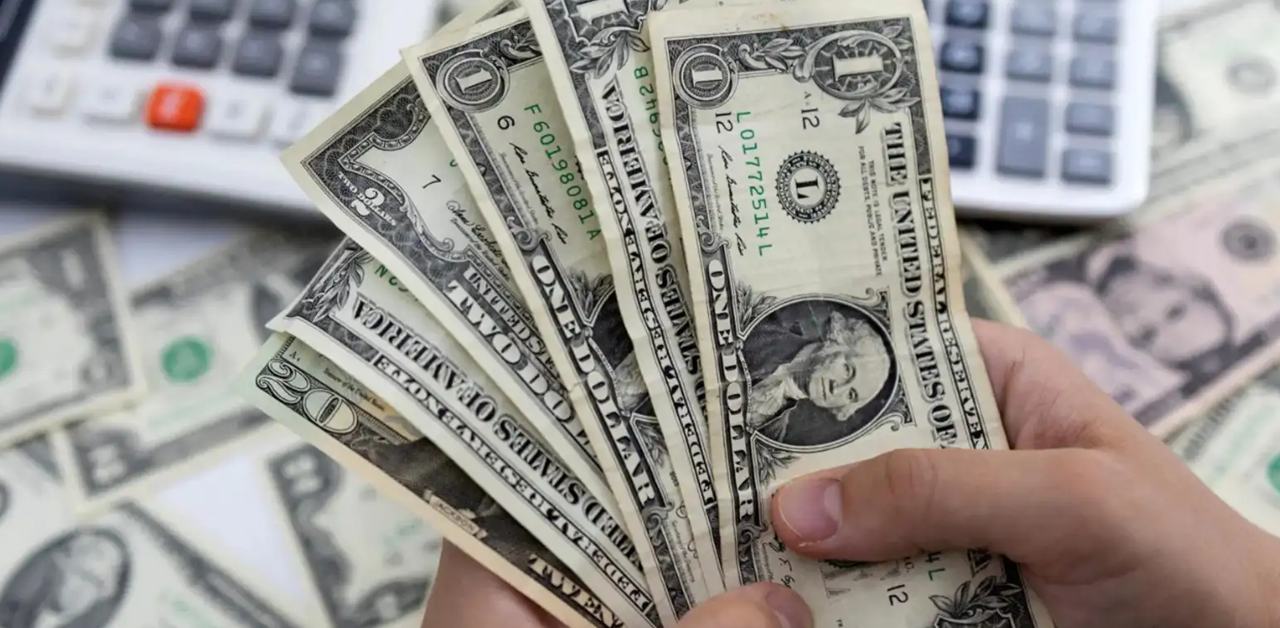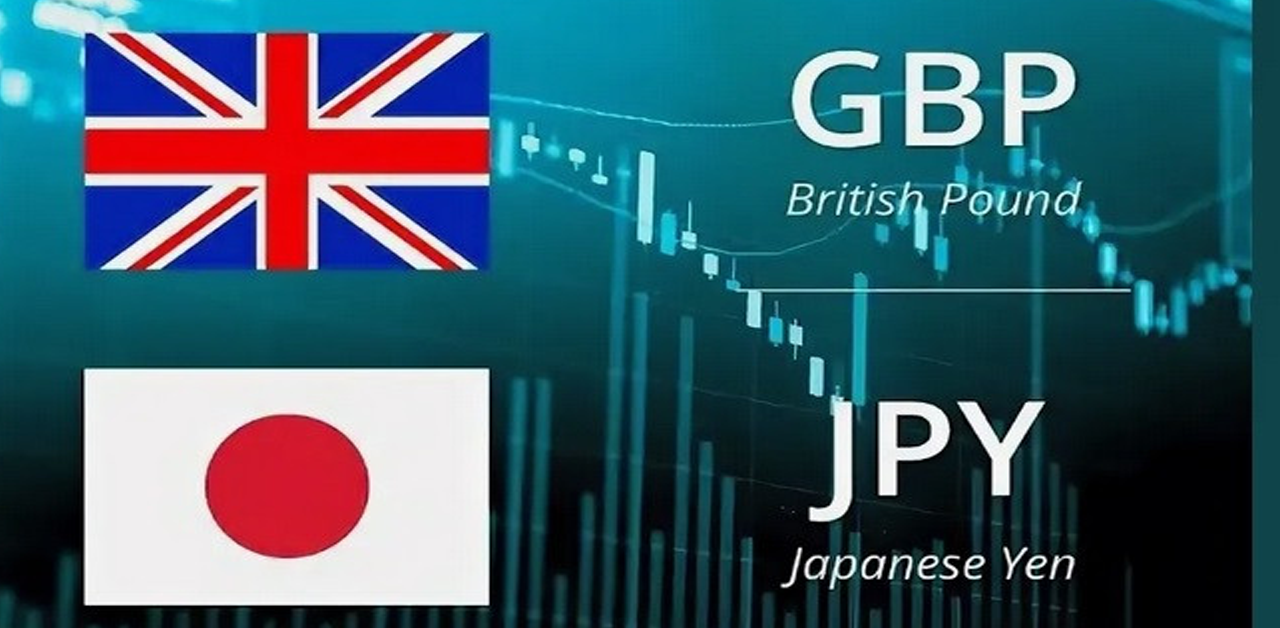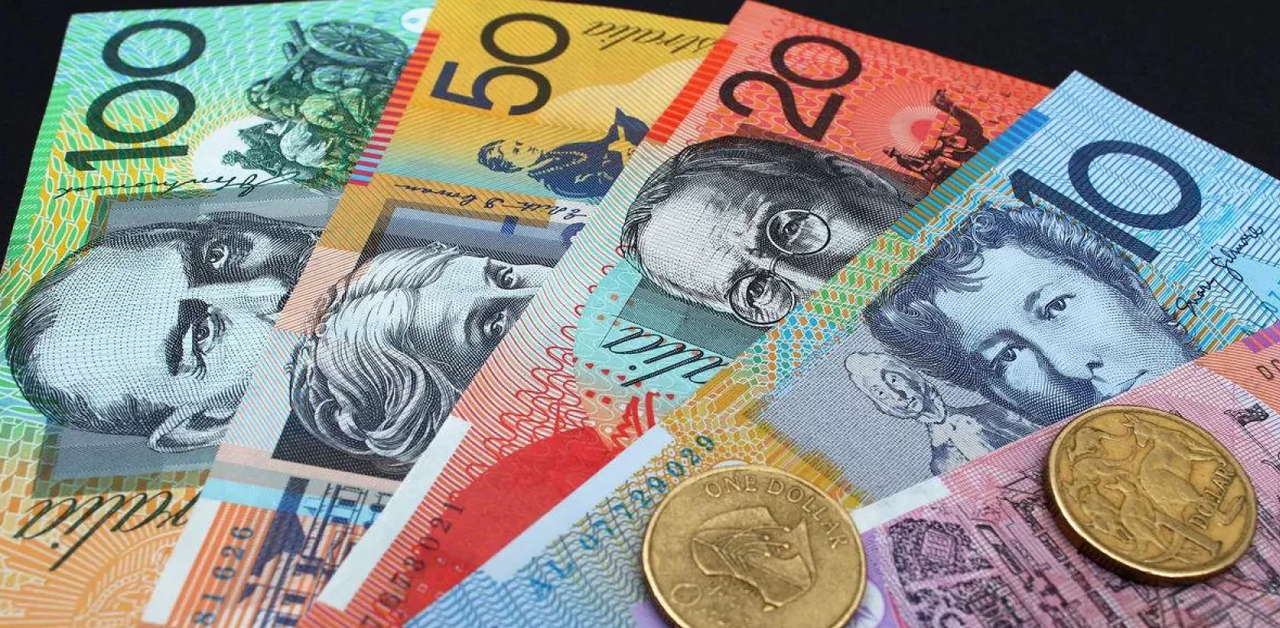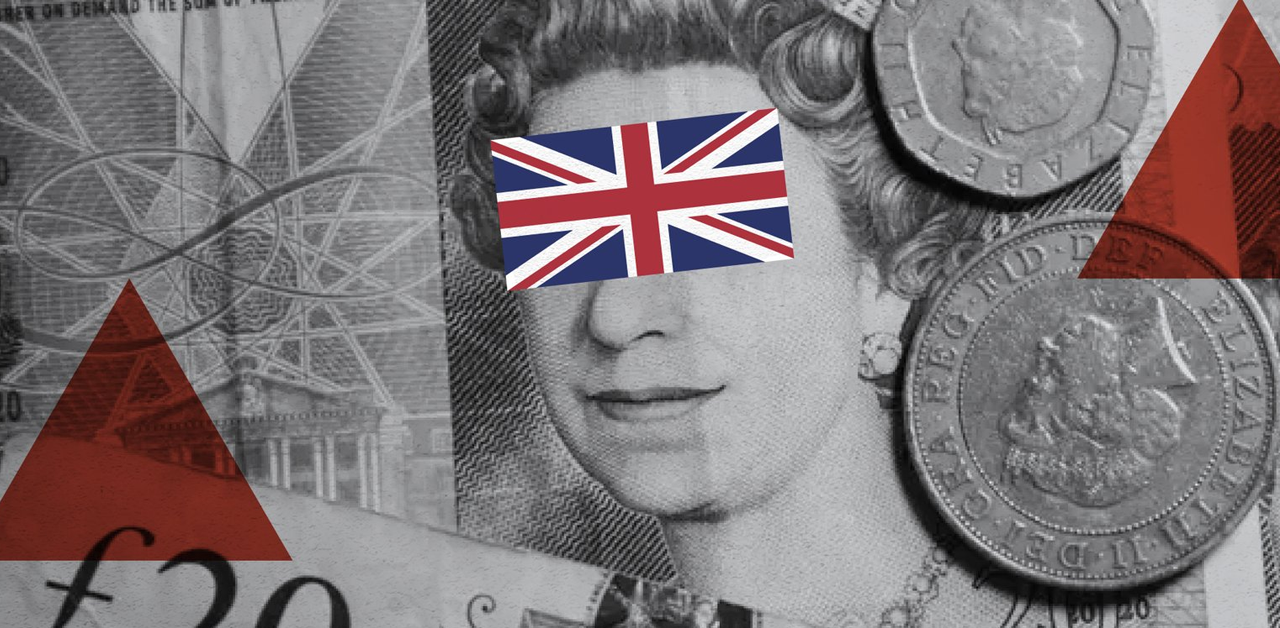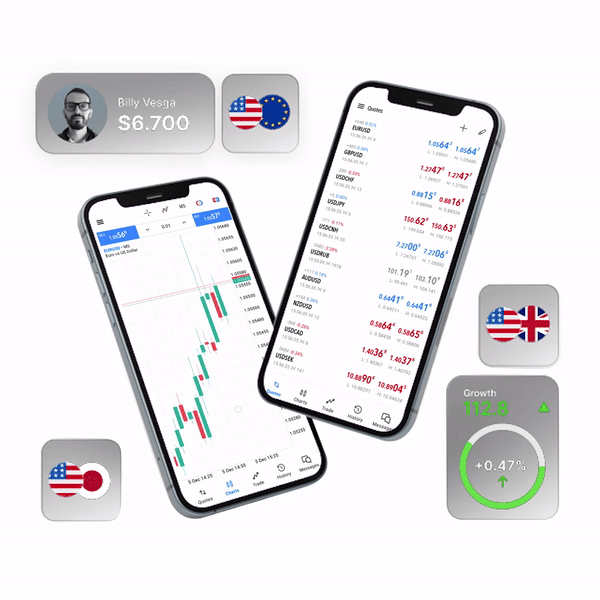If you are a beginner in Forex Trading than you will need to understand the basic terms of the forex before going to start. In this article, we will discuss the long and short position in the fundamental of forex trading. While taking a long or short position the trader thinks that the currency will be expected to go up and down with respect to the other currency pair.
A Forex position, which can be either long or short, expresses to the measure of a benefit that is held by a specific group who has an introduction to the value developments of the money against a container of different monetary standards. Each Forex position is characterized by its fundamental currency pair, it’s long or short bearing and the size of Forex Products.
Financial experts can trade various financial standards the market and dependent on how they accept the currency will act they take long or short positions. The size of the position brokers take relies upon their account size and margin necessities. Additionally, when making their turn, traders need to ensure they’re using a certain measure of influence.
Position in Forex Trading
The Position in Forex trading is the amount of the individual entity that seems the position of the one currency pair against the other currency pairs. There are two types of positions is short or long. The forex position has three characteristics:
- Currency Pair
- Long or Short Position
Size
Most of the traders can take positions in the various currency pairs offered by the ECN Forex Broker. If they anticipate that the cost of the currency should acknowledge, they could go long. The size of the position they take would rely upon their record value and margin necessities. It is significant that traders use the fitting measure of influence.
Long or Short Position In Forex Trading
Understanding of the long or short position is anticipated that the currency pair is traded up and go down in value. The Long or short position is most of the elemental aspect that is used to engage the market movements. Moreover, if the trader going to have a long position for the positive investment to balance in the asset.
Trade With Long Position
A long position is an executed trade where the trader anticipates that the hidden instrument should appreciate. For instance, when a trader executes a buying order, they hold a long situation in the hidden instrument they bought for example EUR/USD. Here they are anticipating that the US Dollar should acknowledge against the Euro.
For instance, a trader who has bought two lots of GBP/USD has a long situation of two parts in GBP/USD. The basic is the GBP/USD is long, and the size is two lots.
Traders search to buy types to enter long positions. Indicators are used by traders to search for buy and offer signs to enter the market.
Trade With Short Position
A short position is basically something opposite to a long position. At the point when traders enter a short position, they anticipate the cost of the basic cash to devalue (go down). In short a currency intends to sell the basic currency with the expectation that its cost will go down, later on, allowing the trader to buy similar currency sometime in the future however at a lower cost.
The distinction between the higher selling cost and the lower buying cost is beneficial. To give a down to earth model, if a trader shorts USD/JPY, they are offering USD to buy JPY.
How Buyers and Sellers Affect the Markets?
Buyers and Sellers influence flexibly and request and hence the cost of a benefit. At some random time, one gathering will in general exceed the other, and that is the essential explanation the cost of a market varies. At the point when the purchasers exceed the venders, interest for the market rises. Thus, the cost of the advantage rises.
At the point when it’s the reverse way around, gracefully increments and interest for the benefit begins to drop and the value falls. The manner in which flexibly and request influence markets is frequently alluded to as instability.
A wide-open market is when buyers have the preferred position over venders. They can arrange a superior buying cost for advantage since gracefully is unmistakably more than request. A seasonally tight market is when there is restricted gracefully of an advantage and a flood of purchasers. For this situation, the dealer has the preferred position.


